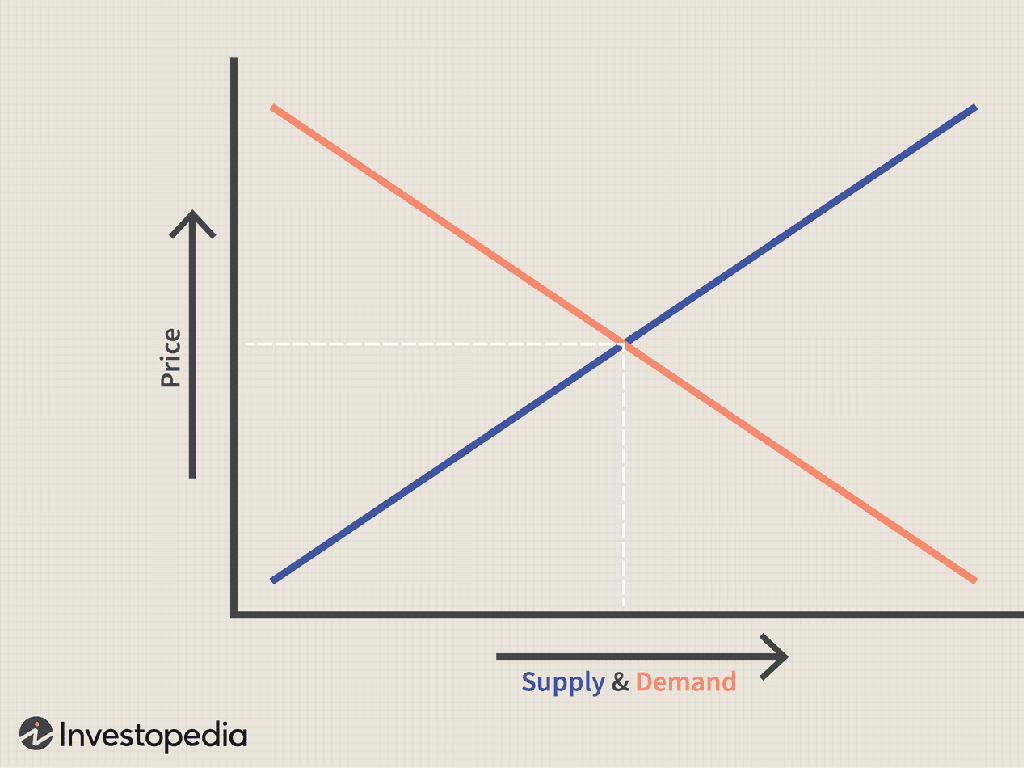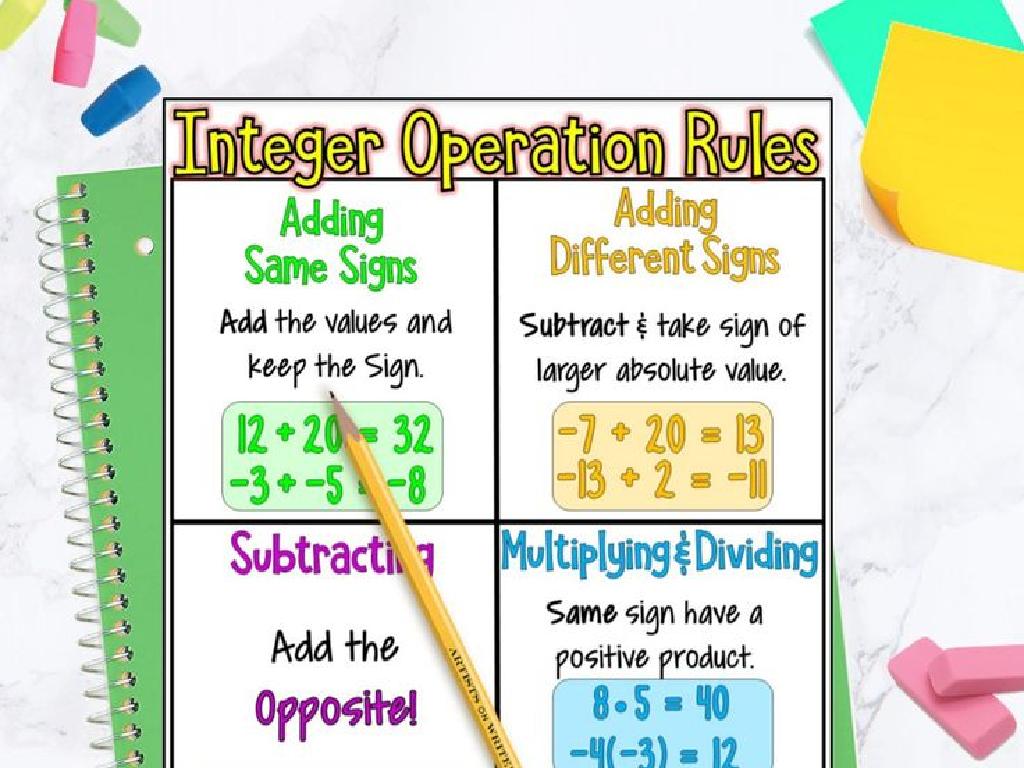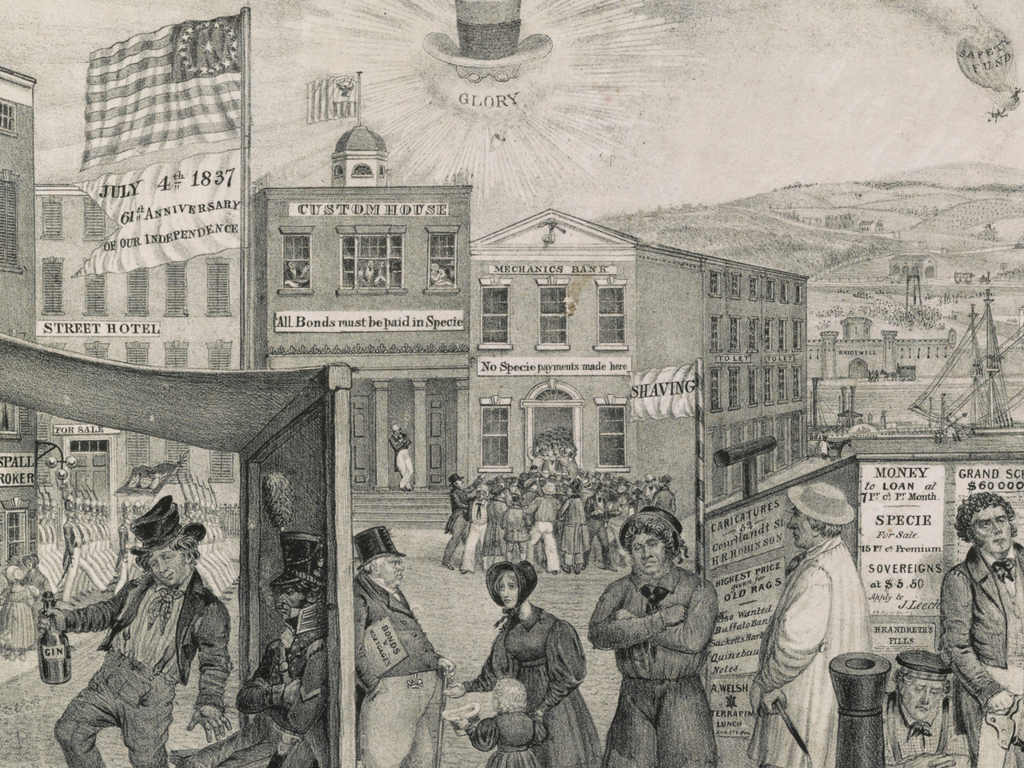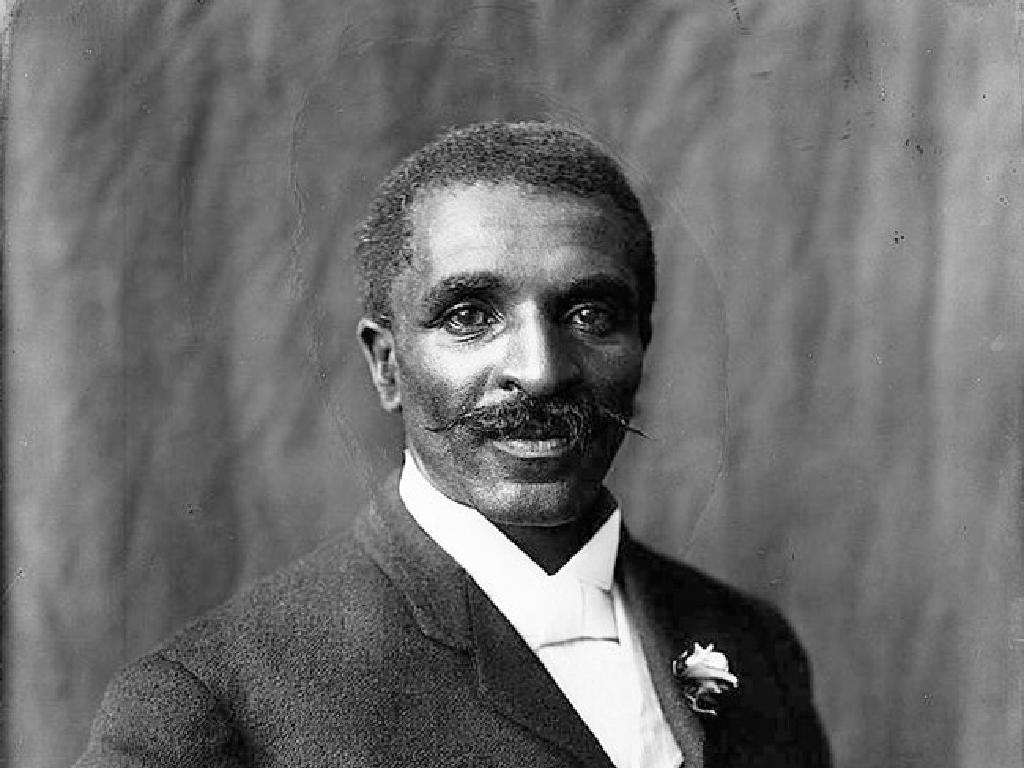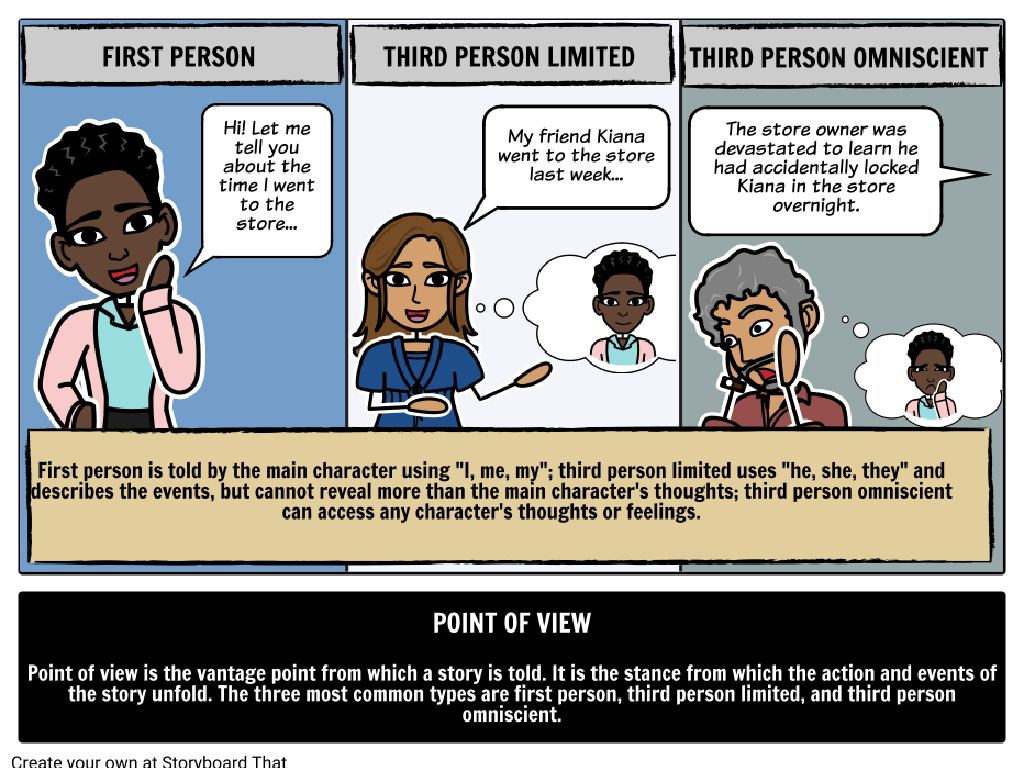Identify Rocks And Minerals
Subject: Science
Grade: Eighth grade
Topic: Rocks
Please LOG IN to download the presentation. Access is available to registered users only.
View More Content
Introduction to Rocks and Minerals
– Earth’s crust composition
– Earth’s crust is made up of different types of rocks and minerals.
– Defining rocks and minerals
– Rocks are solid aggregates of minerals, and minerals are naturally occurring substances with a definite chemical composition.
– Significance of rocks and minerals
– They form the basis of our planet’s structure and are used in various industries.
– Examples in daily life
– Granite in countertops, quartz in watches, and salt in food are all examples of how we use rocks and minerals every day.
|
This slide introduces the fundamental concepts of rocks and minerals, which are essential components of the Earth’s crust. Emphasize that rocks are made up of minerals, and minerals have unique properties that classify them. Discuss the importance of rocks and minerals in the context of geology, the environment, and their extensive use in everyday life. Provide examples that students can relate to, such as common items made from minerals. This will help students understand the relevance of geology to their daily experiences and the broader world around them.
What is a Mineral?
– Definition of a mineral
– Naturally occurring, inorganic, crystalline substances
– Common minerals examples
– Quartz, Feldspar, and Mica are abundant
– Mineral properties
– Unique characteristics like color and streak help identification
– Exploring color, streak, hardness
– Mohs scale of hardness measures scratch resistance
|
This slide introduces the concept of minerals to the students. Begin by defining a mineral as a naturally occurring, inorganic solid with a definite chemical composition and an ordered atomic structure, which results in a crystalline form. Provide examples of common minerals such as Quartz, Feldspar, and Mica, which they might encounter in everyday life. Discuss the properties that help in identifying minerals, including color, streak (the color of the mineral in powdered form), and hardness, which is often measured using Mohs scale. Encourage students to think about these properties in relation to minerals they are familiar with and prepare them for activities that involve testing these properties in class.
Exploring Rocks and Minerals
– Defining a rock
– A rock is a solid made up of a combination of minerals.
– Rocks vs. Minerals
– Minerals are naturally occurring substances with a definite chemical composition, while rocks are made up of multiple minerals.
– Types of rocks: Igneous, Sedimentary, Metamorphic
– Igneous rocks form from cooled magma, sedimentary from compaction, and metamorphic from heat and pressure.
– Understanding the Rock Cycle
– The rock cycle shows how rocks transform from one type to another over time.
|
This slide introduces students to the basic concepts of geology, focusing on the definition of rocks and how they differ from minerals. Emphasize that rocks are composed of minerals and can be categorized into three main types based on their formation processes. Explain the rock cycle as a continuous process of transformation that includes melting, cooling, eroding, compacting, and reforming. Use diagrams to illustrate the cycle and provide examples of each rock type. Encourage students to bring rock samples for the next class to identify and classify them according to the information presented.
Identifying Minerals: Tools & Tests
– Tools for mineral identification
– Use magnifying glass, streak plate, & hardness kit
– How to conduct a streak test
– Rub the mineral on a streak plate to observe the color of its powder
– Measuring hardness with Mohs Scale
– Rank minerals from 1 (softest) to 10 (hardest) based on scratch resistance
– Practice identifying minerals
|
This slide introduces students to the basic tools and methods used in mineral identification. Emphasize the importance of each tool, such as a magnifying glass for close observation, a streak plate to determine the true color of a mineral, and a hardness kit for the Mohs scale test. Explain the streak test procedure and how the color of the streak can help identify a mineral. Discuss the Mohs scale of hardness, which is a comparative scale from 1 to 10, with talc as the softest and diamond as the hardest. Encourage students to practice these techniques with a variety of minerals to become familiar with their properties. Provide samples for hands-on learning and ensure safety measures are followed while handling tools and minerals.
Identifying Rocks and Minerals
– Observe rock characteristics
– Look at size, shape, grains, and layers
– Note texture, composition, color
– Identify minerals present and overall hue
– Engage in rock identification activity
– Use a rock identification chart
– Discuss findings and categorize rocks
|
This slide introduces students to the basics of rock identification, which is a key skill in geology. Students should learn to observe and describe the physical characteristics of rocks, such as texture, composition, and color, as these are clues to the rock’s history and formation process. The hands-on activity involves using a rock identification chart to classify a variety of rock samples. Encourage students to handle the rocks, make detailed observations, and record their findings. Provide guidance on how to use the chart effectively. After the activity, facilitate a discussion where students can share their results and learn to categorize rocks into igneous, sedimentary, and metamorphic types based on their observations.
Uses of Rocks and Minerals
– Rocks and minerals in daily life
– From granite countertops to talcum powder, rocks and minerals are everywhere.
– Economic value of minerals
– Minerals like gold & copper are economic backbones, driving mining industries.
– Construction relies on rocks
– Limestone & granite are used in buildings, roads, and infrastructure.
– Industrial applications of minerals
– Minerals are integral in electronics, machinery, and even food production.
|
This slide aims to highlight the various ways rocks and minerals are utilized in our daily lives and their significance in the economy. Emphasize the omnipresence of these materials, from household items to the very structures we live and work in. Discuss the economic impact of mining valuable minerals like gold, which supports global economies. Explain how the construction industry depends on sturdy materials like limestone for building durable structures. Lastly, touch on the industrial uses of minerals, including their role in manufacturing electronics and machinery, and even their use in food production as additives or processing aids. Encourage students to think about the objects around them and consider what materials they are made from, fostering an appreciation for the earth’s resources.
Class Activity: Rock and Mineral Hunt
– Assume the role of a geologist
– Follow the hunt instructions
– Use the provided checklist and tools for the hunt
– Identify the rocks and minerals
– Use characteristics like color, hardness, and texture
– Classify your findings
– Sort your rocks and minerals into groups based on type
|
In this engaging class activity, students will step into the shoes of geologists and embark on a rock and mineral hunt. Provide students with a set of instructions and tools necessary for the hunt, such as a magnifying glass, a checklist, and a field guide to rocks and minerals. Once they have collected their samples, students should use observable characteristics to identify each rock or mineral. After identification, they will classify their findings into categories such as igneous, sedimentary, and metamorphic rocks, or by mineral composition. This hands-on experience will help solidify their understanding of the classification of rocks and minerals. For the teacher: Prepare different stations with a variety of rocks and minerals for students to explore. Consider having magnifying glasses, hardness scales, and streak plates available. You can also create a worksheet for students to record their observations and conclusions.
Rocks and Minerals: Conclusion and Discussion
– Recap key concepts of rocks and minerals
– Share your rock and mineral discoveries
– Present the interesting rocks or minerals you found and how you identified them.
– Engage in Q&A about your findings
– Ask questions about the rocks and minerals, and answer any from your peers.
– Discuss the experiences and learnings
– Talk about the process of identification and any challenges faced.
|
This slide aims to wrap up the lesson on rocks and minerals by revisiting the main points covered during the class. Encourage students to share the rocks or minerals they’ve discovered, focusing on the identification process they used. This can include the physical properties they observed, such as color, hardness, and luster. The Q&A session should be an interactive discussion where students can ask questions and share their experiences with the class. It’s an opportunity for them to articulate their understanding and for the teacher to clarify any misconceptions. Emphasize the importance of hands-on experience in learning about geology and the value of peer-to-peer learning.

